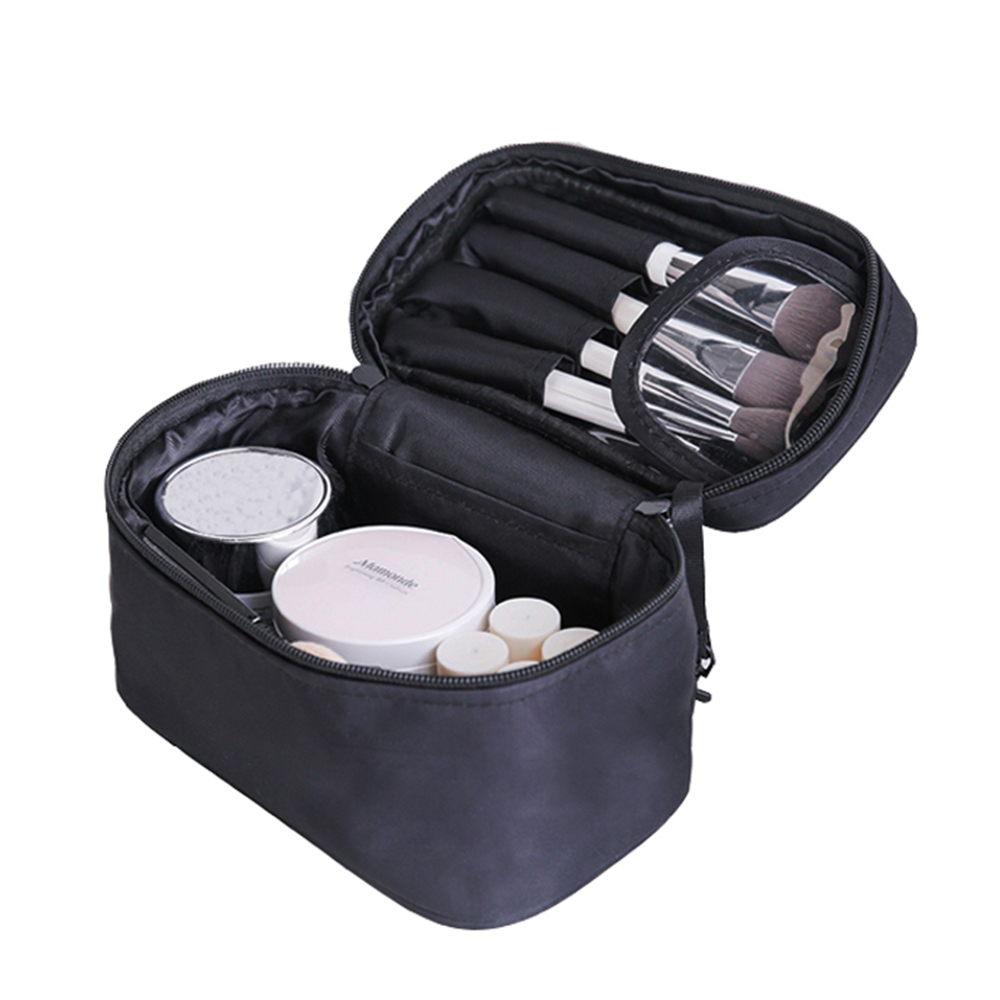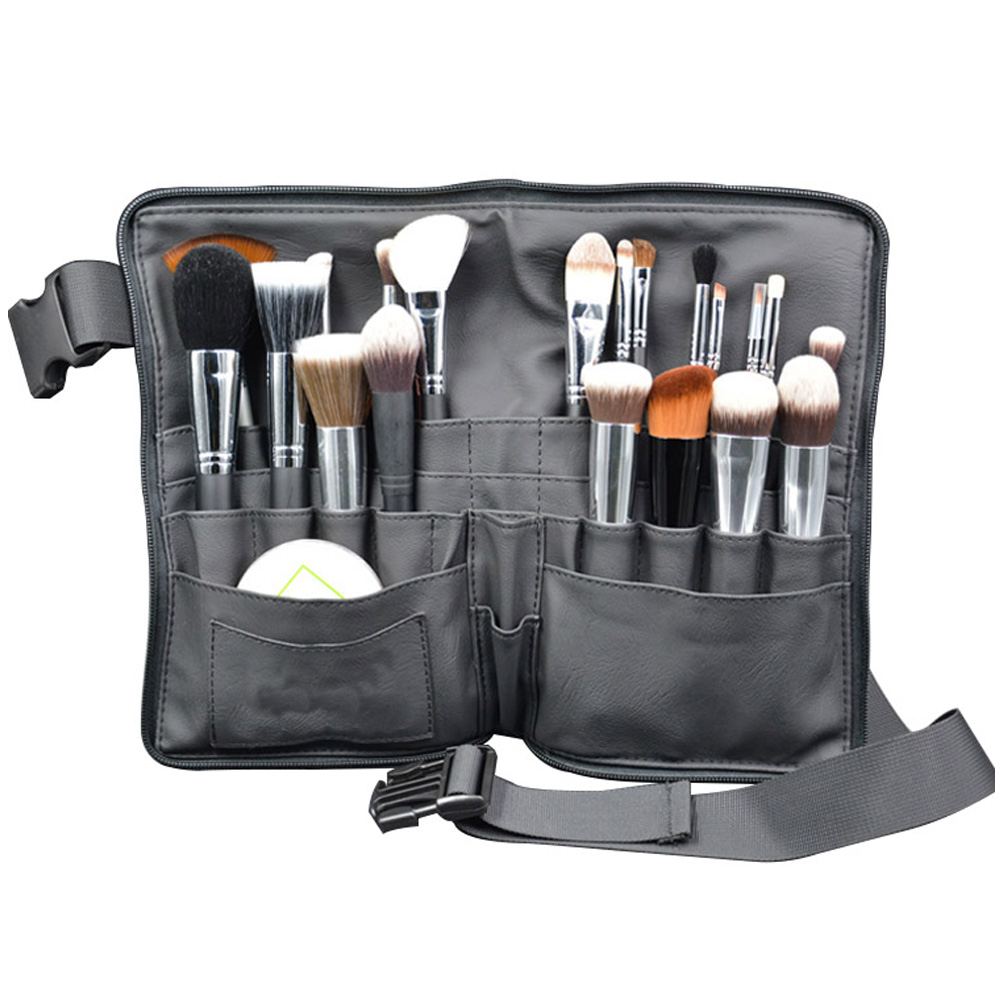The working principle of nano-printing Nano-image printing technology is, after all, a new type of imprinting transfer technology, which will be widely used in the processing of nano-concave graphics. Nano-image printing technology is to use a mold with nano-concave images as a "printing plate", using a silicon wafer or a glass plate pre-coated with a polymer coating as a substrate (printed matter), with the corresponding equipment and utensils, After embossing and shaping, the mold is separated from the substrate. At this time, it is found that the nano-concave image existing on the surface of the mold is accurately transferred onto the polymer film on the surface of the substrate. This transferred image is equal in size to the concave and convex pattern on the surface of the mold, and the depth is the same. But the shape is exactly the opposite (an image of a negative yang), that is, the convex part of the former is exactly where the latter is concave, and vice versa. We transfer this technique with nano-concave graphics using the principle of printing stamping, called nano-image printing technology.
Prospects for the development of nano-printing According to the book, nano-printing has abandoned the traditional photographic imaging idea, eliminating the need for black-box operation and simple plate-making process, which not only eliminates environmental pollution, but also greatly reduces the cost and greatly improves the quality of the graphic. This technology has absorbed the essence of many technologies such as nanotechnology, fine processing technology, contact printing technology, interface science and new materials, and has been developed through in-depth research. Generally speaking, it has the following three advantages:
Nano-printing technology is a brand new digital printing technology. The big feature of digital printing is to change the original long-printing mode to make the operation more flexible.
Second, nano-printing technology is green printing. Nano-printing completely abandoned the technical idea of ​​photographic imaging. Nano-ink, nano-plate, green plate-making machine and special software make printing far away from the three characteristics of “sensitization, pollution and high costâ€, completely eliminating the pre-coated photosensitive layer of chemical imaging, so the plate is no longer afraid of light, Fear of heat; because there is no need for exposure, flushing and other processes, thus eliminating the occurrence of pollution; because many process steps are eliminated, the corresponding material consumption is avoided, and the use of nano green plates is theoretically 20% of the cost of traditional plate coating. .
Third, nano-printing technology uses new materials. Nano inks and nano plates are all related to nanomaterials. Through the study of the surface wettability of traditional printing consumables, nano-materials are used to transform super-hydrophilic and super-hydrophobic, thereby realizing the application of nano-materials on printing plates.
It can be seen from the above three points that the novel technology of nano printing has a broad market, and the application fields involved are wide. In addition to the Lanta company mentioned in the article, nanotechnology is used in digital inkjet technology. In fact, nanoprinting can be applied to more fields in combination with other technologies.
For example, nano-printing technology can widely use a variety of high molecular organic materials to manufacture micron or nano-sized devices.
The technology has developed very rapidly and is now able to reach levels of less than 10 nm. Its range of applications includes microscope heads, microfluidic components, and mainstream chip production in several technological ages. The technology also has great potential for manufacturing high-density magnetic recording devices.
In addition, nano-image printing technology is a highly practical application technology, which can be used to fabricate nanowires of more advanced computer chips in nanoelectronic devices, nano-optics, and nanotechnology. Wolff said, "We are always looking for a technology to generate such nanowires"; in medical nanoprinting technology can use graphical form to represent the exact location of cancer cells in patients.
In April of this year, researchers at the Massachusetts Institute of Technology invented a new "nano-printing" technology that enables mass production of nanodevices such as DNA microarrays. With the development of science, the fields of biomedicine and information technology require the shrinking size and complexity of the components used. These requirements inspire scientists to work towards high-resolution, high-throughput nano-printing. Research on the technical direction.
Not long ago, a news report said: A research institute in China has developed nano-printing equipment, and cooperated with related companies to prepare for trial production in recent days.
With the development of nano-printing technology and the demand for technology integration in various industries, more printing machinery manufacturers have joined the ranks. For example, Landa has cooperated with Heidelberg, Komori and Manroland in the industry. The acquired Sugawara also reached cooperation on mechanical equipment. The strong combination of printing companies, combined with the multi-level application of nano-printing technology, is not difficult to guess its development prospects. How to use this new technology in the printing industry, making it more practical for social development will be the next step for the printing industry. Development issues.
Cosmetic Bags also called makeup bags, which are specially for ladies to store mascara cream, lipsticks, eyebrow pencils and so on. Professional make-up bags have multiple functions and layers. Tourist makeup bags are small usually only have one layer but fully functional, easy to carry. Household small cosmetic bags have various styles. And many household cosmetic bags are the promotion of cosmetics companies.
Cosmetic bag can be divided according to material: Nylon Makeup Bags, PVC Makeup Bags, PU Makeup Bags and so on.



Olinb Bags are a manufacturer who specialize in making custom bags, attaching a label for you.
To avoid any bad feedback about quality from buyers, it is guaranteed that all of our bags will be well made and 100% checked before delivery. If any issue on quality, replacement will be sent to you for free.
Olinb Bags' products will give you an edge over your competitors.
Cosmetic Bags
Cosmetic Bags,PU Leather Cosmetic Bags,Waterproof Cosmetic Bags,Travel Cosmetic Bags
Shenzhen Olinb Bags Co., Ltd. , https://www.szolinbbags.com